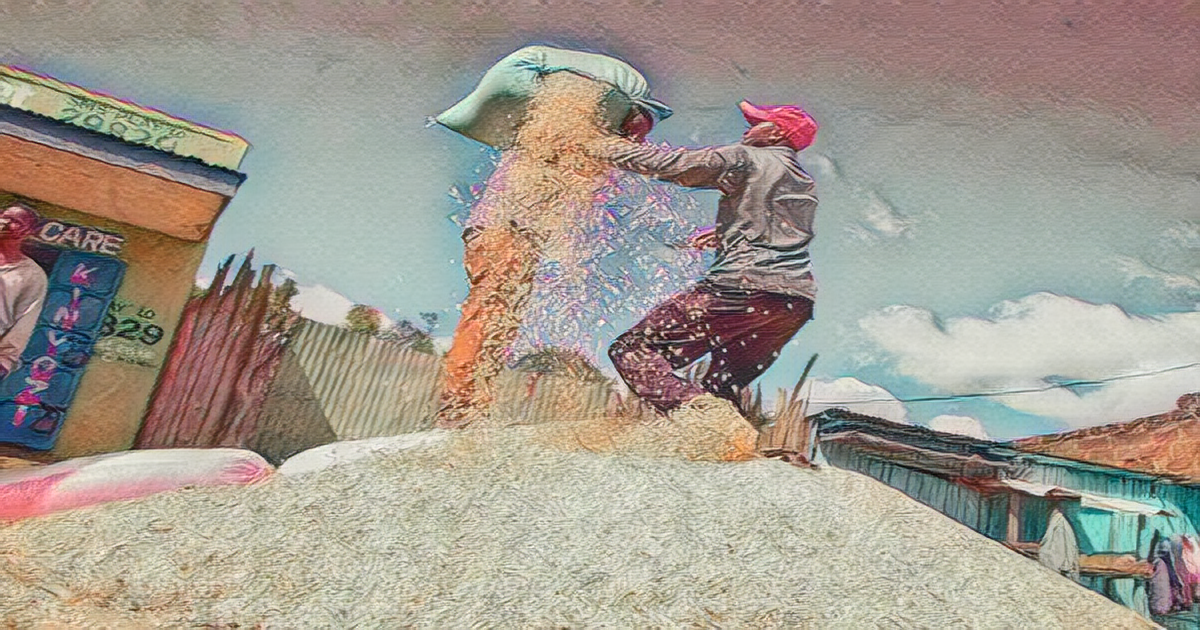
Counties previously impacted by severe drought have experienced a modest improvement in food security due to favorable rainfall patterns in 2023. The Kenya Food Security Steering Group (KFSSG) and the Agriculture Ministry anticipate a 15-20% increase in maize production compared to the five-year average.
Despite improved production in western Kenya and the Rift Valley, Kenya remains a maize deficit country, requiring significant imports. Maize prices have declined since October 2023 due to local harvests and cross-border imports, but they remain elevated compared to historical averages.
In arid and semi-arid regions, staple food prices remain high due to low stockpiles, high demand, and production costs. The depreciation of the Kenyan shilling has also contributed to price increases. Reduced production in Tanzania and Uganda has further tightened regional supplies, pushing prices higher.
Crop losses have been reported in some counties. Lamu County experienced a 36% decline in tomato yields due to fungal diseases and pests. Kale production also suffered a 70% reduction, partly attributed to diamondback moth infestation. Fall Armyworm infestations in Kwale County have impacted livestock farming despite control measures.
National bean production is estimated to be within the average range. However, a significant number of households continue to require humanitarian assistance.
